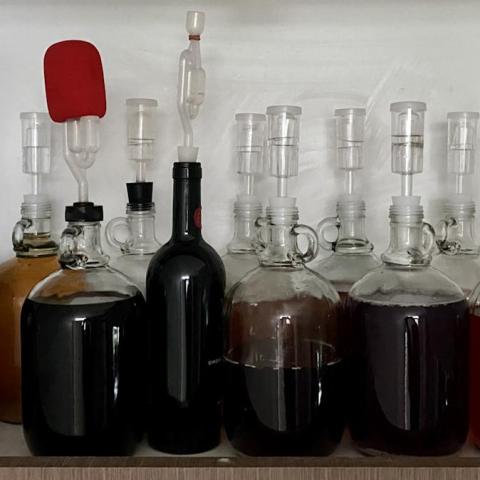On Sunday, a SpaceX Falcon 9 rocket successfully launched a Northrop Grumman Cygnus cargo ship bound for the International Space Station (ISS). This mission delivered over 5 tons of essential supplies, including food and spare parts, to the ISS crew.
Dina Contella, the deputy manager of the space station program at NASA’s Johnson Space Center, highlighted that the Cygnus is crucial for restocking. It contains consumables like food, oxygen, and parts for systems like the urine processor. “We’ve been short on these items,” she noted, emphasizing the importance of having a solid reserve.
Among the supplies are special holiday treats such as clams, oysters, and cookies. The crew can enjoy these snacks not only during festivities but anytime. One unique addition is shakshuka scramble, a dish made with eggs, popular in North Africa and the Middle East.
The Falcon 9 launched at 6:11 p.m. EDT from Cape Canaveral, generating an impressive 1.7 million pounds of thrust. After separating from the first stage, the rocket’s booster performed a controlled landing back in Florida, marking SpaceX’s 67th successful landing and 505th booster recovery.
Around 14 minutes into the flight, the second stage delivered the Cygnus into its initial orbit. It’s expected to rendezvous with the ISS early Wednesday, allowing for robotic capture by the station’s arm.
This launch was significant not only for its cargo but also as part of Northrop Grumman’s transition to the Cygnus XL, which is longer and can carry about 2,600 pounds more cargo. NASA frequently collaborates with companies like Northrop Grumman and SpaceX for resupply missions, having completed 21 and 32 missions, respectively.
In a broader context, the increased capacity aligns with the growing demands of the ISS. Over the years, the need for more supplies and resources in space missions has risen. Such partnerships reflect a mature commercial space sector that can respond to these challenges.
This mission underscores the ongoing partnership between private companies and NASA, showcasing advancements in space logistics, which are essential for long-term human presence in space.
Source link
International Space Station, Space, NASA


:quality(70)/cloudfront-us-east-1.images.arcpublishing.com/shawmedia/UHFIR623OJAY3BYUVRPJTMWRWA.jpg?w=480&resize=480,480&ssl=1)


















